Team dynamics - that is, the relationships within a team and how each member interacts with one another or plays a part within the group - are important to the success of modern organizations. They affect success, engagement, and productivity.
But it’s important for hirers and leaders to recognize that these dynamics aren’t set in stone. They’re often shifting as roles and projects change, as people come and go. But we don’t have to be at the mercy of this, particularly if we can see employee relationships faltering - it’s possible to influence and shape team dynamics with the right approach and the right tools.
Organizations around the world have trusted us at Thomas to help improve their teams and enhance team effectiveness. In this guide, we’ll show you how we do this and provide some actionable insights, strategies and tools to help you master team dynamics for improved top-level results.
Why Team Dynamics Matter
Some elements of team dynamics are conscious and some are sub-conscious. Combined, these different qualities can be the making of or the ruin of a team, which is why it’s important to understand just what they are and how they affect our teams.
The Impact of Strong Team Dynamics on Performance
A strong team dynamic looks like this: Team members communicate openly and trust one another, they have a good understanding of each other’s strengths and contributions, and they are engaged with one another and their work.
McKinsey polled 5,000 executives to better understand how strong team dynamics influence organizational success. Their research found three common themes.
The first was that teams with strong employee relationships were aligned on their goals and the role of the team in reaching them. The second was ‘high-quality interaction’ amongst team members, so the dynamics within teams were always evolving. Finally, the third item outlined in their study was the importance of an environment in which team members felt trusted and empowered to take risks, allowing them to innovate and tackle problems. Without positive team dynamics, it’s difficult for such an innovative culture to thrive within an organization.
Common Indicators of Poor Team Dynamics
Many of the common indicators of dysfunctional teams are in opposition to those we see as signs of a strong team. Teams that do not trust one another, that often have problems communicating, and that don’t understand one another as individuals—or the roles they play within the team—struggle with both day-to-day tasks and larger projects.
Left unmanaged, these factors also lead to conflict, low employee morale, low employee engagement and, ultimately, lack of productivity. Neglecting to take ownership of this could cost your business hugely as the low morale and poor engagement resulting from a dysfunctional team set-up could see higher staff turnover and unsuccessful performances. The Harvard Business Review estimated that businesses lose an average of $15.5 million per year due to poor team performance.
Challenges Affecting Team Dynamics
It’s becoming clear just how important creating and maintaining positive team dynamics are to the success of an organization. So, what do we need to look out for to ensure we don’t trip up on any stumbling blocks when trying to improve the dynamics within our teams?
Communication Barriers and Misunderstandings
Transparent communication is vital to high-performing teams. Teams that can’t communicate effectively or are prone to misunderstandings will not only be less productive, but they will continue to tarnish their interpersonal relationships. Misunderstanding can lead to conflict and further breakdowns in communication if people don’t feel listened to or understood. We must pay particular attention to this if our teams operate remotely or on a global scale where tonal or language and idiomatic barriers can cause problems.
Conflicting Personalities and Working Styles
Good team dynamics aren’t only born of homogenous teams. Yes, similarity can give people something to bond over, but so too can differences. However, some differences in personality, working style, or communication preference can lead to friction.
It’s important, therefore, to understand each person within a team for the individual they are. Workplace collaboration doesn’t mean that everyone has to be best friends, but they do need to have an appreciation for one another and the ways in which they contribute. When we understand this about one another, we are better able to mitigate any potential cause of conflict and find effective ways of working as a unit.
Managing Remote or Hybrid Team Dynamics
Team cohesion can be a struggle for remote and hybrid teams. Team members may feel that they don’t know each other as well as if they worked regularly from the same room together and they may feel isolated, especially if they are remote where others go to the office together. It can also be difficult for managers to establish employee relationships with this set-up and begin to build trust and monitor appropriate communication channels.
Behavioral and personality assessments can help tackle this issue. Where it can take longer to develop a relationship and establish dynamics remotely, these psychometric assessments can shrink that time down by providing scientific insights into personality, communication, and working patterns.
Practical Strategies to Improve Team Dynamics
Improving and maintaining positive team dynamics is a long-term and ongoing process. Here are a few simple, practical techniques you can rely on as you seek to improve team effectiveness and workplace collaboration.
Encouraging Open Communication and Feedback
We want to encourage communication, but it’s not just about making people aware they’re free to have a chat or get to know one another. It’s more than that: What we really need to create is a culture of open and honest communication, one in which constructive feedback is welcomed and worked on.
Leaders need to lead by example here, showing a willingness to receive feedback and communicate frankly with people at all levels. We also need to be careful in how we start to engender this type of communication as different people may have different ideas as to what constitutes ‘constructive’ feedback and some may be less reciprocal than others.
It’s worth investing in reliable, scientific psychometric tools to get this right. With the correct assessment, we can learn a lot about our own and our team’s communication styles, ensuring we find the best way to communicate with everyone without damaging employee relationships.
Using Leadership Strategies to Align Teams
The dynamics within a team flounder without direction. Strong leaders who take deliberate action to align their teams and foster a positive working environment see higher productivity and lower levels of turnover. There are a few leadership strategies we can lean on as part of this intentional work to develop and manage the relationships within our teams:
- Build connection with your team members by spending time with them as individuals
- Set clear goals and expectations for individuals and for the team and ensure everyone knows where they fit and how they’re expected to contribute
- Celebrate wins to motivate your team - praise work well done and highlight great examples, set up reward schemes, and show how good work can lead to advancement in the workplace
- Lean on those you recognize to be your best team players, allowing them to influence the wider team towards improved teamwork
Fostering Collaboration Through Emotional Intelligence
What do we mean by emotional intelligence (EQ)? Harvard Business School defines emotional intelligence as ‘the ability to understand and manage your emotions, as well as recognize and influence the emotions of those around you’. A high EQ is associated with better emotional regulation, improved efficiency, strong trust and cohesion building skills, and higher job satisfaction. Many of the most successful leaders have a high EQ - they are cognizant of their own emotions and those of their team members and know how this impacts workplace collaboration.
Although emotional intelligence is latent, we can work to improve on any areas that we feel are lacking both in ourselves and within our teams. Emotional intelligence assessments highlight areas of strength and opportunity, providing development pathways to help improve emotional skills and team dynamics.
Tools to Understand and Enhance Team Dynamics
We don’t have to operate blindly when it comes to enhancing team dynamics as there are plenty of tools available to help us first gain an understanding of our team and, from that, develop a plan for success.
At Thomas, we offer a full suite of psychometric assessments as well as tailored coaching to help organizations hire the right people and get the most out of their engaged, self-aware employees.
Our behavioral assessments and workplace personality tests, combined with emotional intelligence and aptitude tests, are scientific and data-driven. All meet stringent requirements for validity, accuracy and fairness unmatched by most market alternatives and are registered with the British Psychological Society.
Consulting firm Salmon found Thomas’ tools made all the difference when they sought to reduce conflict and improve the interpersonal dynamics within their team following a difficult period. They used the Personal Profile Analysis (PPA) and Trait Emotional Intelligence Questionnaire (TEIQue) to improve self-awareness as a first step towards improving employee relationships
‘We have such different profiles and preferred ways of doing things, and by not knowing this before we can now definitely see why there was conflict. But by having this in-depth knowledge given by the assessments helped us to move forward. We're a lot closer and can handle any challenges much better,’ Salmon’s Head of Learning and Development concluded after working with Thomas.
Conclusion: Unlocking the Potential of Teams
Positive team dynamics are crucial to success - they impact employee engagement and morale, which affects turnover, productivity and success. It can be a challenge to improve these dynamics, particularly for leaders coming into teams where collaboration and communication has gone awry, but there are strategies we can use to start making a difference right away.
These strategies are all the more effective when backed up by scientific evidence gleaned through psychometric testing. With Thomas’ full suite of tools and training, you can learn things about your team that you never thought you’d know and begin to master employee relationships and workplace collaboration with ease.
Ready to start improving team dynamics in the most efficient, data-driven way possible? Get in touch with one of our experts today for tailored guidance and access to our full range of assessments and support.




